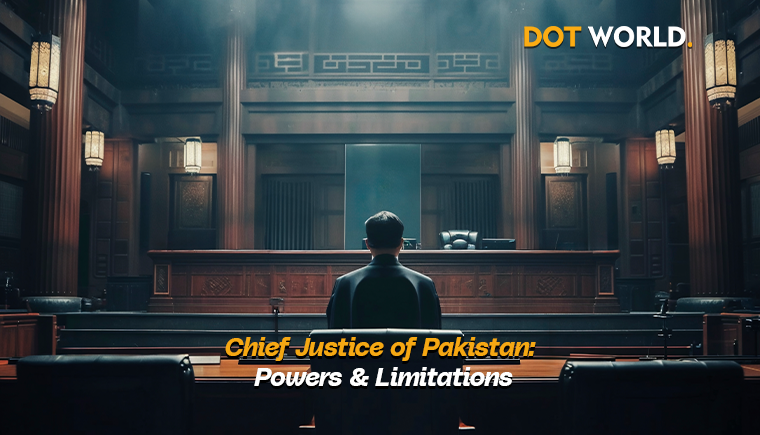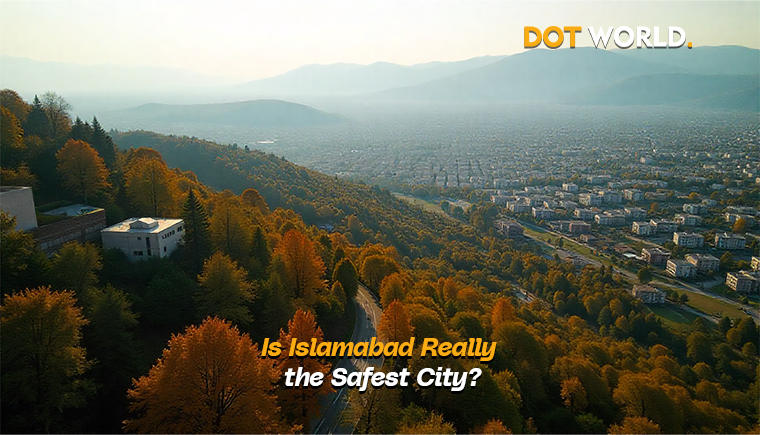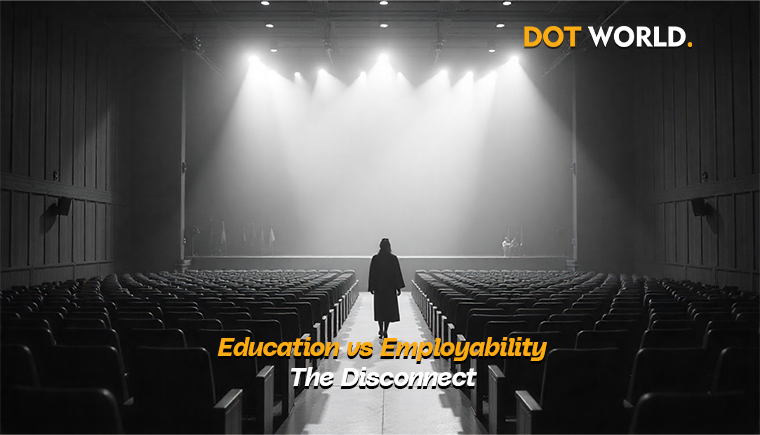In any democratic setup, the judiciary plays a crucial role in upholding the rule of law and ensuring that all branches of government remain within their constitutional boundaries. At the very top of Pakistan’s judicial hierarchy sits the Chief Justice of Supreme Court of Pakistan — a figure of immense legal authority and symbolic national importance.
But what exactly does the chief justice of supreme court of pakistan do? What powers does this position carry, and more importantly, what are its limitations? In a country where judicial activism often makes headlines and constitutional debates fuel political controversy, understanding the role of the chief justice is more important than ever.
⚖️ Who Is the Chief Justice of Supreme Court of Pakistan?
The Chief Justice of Supreme Court of Pakistan is the head of the apex court — the final authority in the country’s judicial system. Appointed by the President of Pakistan based on seniority, the Chief Justice presides over the Supreme Court, which is the final court of appeal and interpreter of the Constitution.
This individual has the responsibility to lead not only the legal proceedings of the court but also administrative matters of the judicial system. Their decisions can shape national policy, protect civil liberties, and in some cases, even determine the fate of governments.
🧷 Constitutional Position
The role of the Chief Justice of Supreme Court of Pakistan is defined under Article 175 of the Constitution of Pakistan, which establishes the structure of the judiciary. Article 176 further explains the composition of the Supreme Court, while Article 177 specifies the criteria and appointment process for judges.
These constitutional provisions give the Chief Justice the same powers as any other Supreme Court judge in terms of decision-making. However, by virtue of being the head of the institution, the Chief Justice carries additional administrative and symbolic responsibilities.
🏛️ Powers of the Chief Justice of Pakistan
Let’s look at the powers the Chief Justice of Supreme Court of Pakistan enjoys:
1. Formation of Benches
The Chief Justice has the authority to constitute benches, meaning they decide which judges will hear which cases. This gives them significant influence over the direction of landmark decisions.
2. Suo Moto Powers
One of the most debated powers in the Pakistani judiciary is Suo Moto action — where the Supreme Court can take up any matter of public interest without a formal petition. Although all judges can initiate Suo Moto, it is typically the Chief Justice who triggers these proceedings.
3. Scheduling and Listing of Cases
The Chief Justice controls the court’s calendar — deciding what gets heard and when. This administrative control can effectively delay or accelerate the delivery of justice.
4. Administrative Leadership
From court budgets to judicial appointments, the Chief Justice oversees the internal management of the Supreme Court and often influences lower courts.
5. Judicial Policy Making
The Chief Justice heads the National Judicial Policy Making Committee, which sets guidelines on case management, court procedures, and judiciary reforms.
🔍 Limitations of the Chief Justice
Despite the influential role, the Chief Justice of Supreme Court of Pakistan does not enjoy unchecked powers. Several legal, procedural, and ethical limitations exist to ensure accountability.
1. Bound by the Constitution
All actions of the Chief Justice must align with the Constitution. If any act is seen as unconstitutional, it can be challenged and overturned by a larger bench or even through parliamentary procedures.
2. Decisions are Collegial
While the Chief Justice leads the court, decisions are made collectively by benches. The Chief Justice has one vote — equal to any other judge. No ruling is solely his or hers.
3. Judicial Code of Conduct
The judiciary operates under a strict code of ethics. Any violation, abuse of authority, or conflict of interest can result in proceedings before the Supreme Judicial Council.
4. Limited Tenure
Unlike political leaders, the Chief Justice has a fixed retirement age (65 years). This creates a natural limitation on long-term influence.
5. Media and Public Scrutiny
In the digital age, the Chief Justice is constantly under the eye of the public and media. This scrutiny serves as an informal but powerful check on the use or misuse of power.
🗣️ Judicial Activism vs Judicial Restraint
One of the most debated issues in Pakistan is whether the judiciary — particularly the Chief Justice of Supreme Court of Pakistan — oversteps its role.
Some Chief Justices, such as Iftikhar Muhammad Chaudhry, became symbols of judicial activism, using Suo Moto powers frequently to address public grievances. Others have followed a more restrained path, choosing to uphold constitutional boundaries and allow other institutions to take the lead.
This debate raises an important question: should the judiciary act as a check on executive and legislative power, or does this amount to overreach?
The answer depends on your view of how democratic power should be balanced. But either way, the Chief Justice sits at the heart of this balancing act.
📜 Landmark Decisions by Chief Justices
Throughout Pakistan’s history, several Chief Justices of Supreme Court of Pakistan have delivered landmark judgments that changed the political and legal landscape:
- Panama Case Verdict (2017): Resulted in the disqualification of Prime Minister Nawaz Sharif.
- Suo Moto Action on Water Crisis: Led to the creation of a dam fund.
- Judicial Proceedings Against Military Officials: A rare move that challenged the limits of civilian oversight.
Each case highlights how decisions made by the Chief Justice can ripple far beyond the courtroom — impacting governance, economy, and civil liberties.
📡 Role in Political Crises
During political crises, all eyes turn to the Chief Justice of Supreme Court of Pakistan. Whether it’s dissolving assemblies, interpreting election laws, or adjudicating on constitutional amendments, the judiciary has often been a decisive player.
This makes the office both powerful and controversial.
While some see it as the final guardian of democracy, others criticize it as a power broker. This dual perception speaks volumes about the complex role of law and justice in Pakistan’s evolving political culture.
🔍 Checks on Judicial Power
Even the most powerful Chief Justice is not beyond scrutiny. Here are the mechanisms that act as checks on the judiciary:
- Supreme Judicial Council: Can remove judges based on misconduct.
- Parliamentary Oversight: Though limited, Parliament can legislate to define the scope of judicial authority.
- Media & Civil Society: Increasingly active in holding judicial institutions accountable.
- Internal Court Review: Larger benches can overturn rulings made by smaller ones.
These systems ensure that the Constitution — not personalities — remains the highest authority.
🧠 Why This Matters to Citizens
Many people think of the judiciary as something distant — a realm for lawyers, judges, and politicians. But in reality, decisions made by the Chief Justice of Supreme Court of Pakistan directly affect ordinary lives.
- Legal clarity on taxes
- Protection of fundamental rights
- Environmental rulings
- Electoral integrity
- Access to public healthcare or education
These are just a few areas where the law, shaped by the Supreme Court, touches everyday citizens.
That’s why understanding the powers and limitations of the Chief Justice is not just academic — it’s vital to being an informed citizen in a constitutional democracy.
🧾 Conclusion: Power Balanced by Accountability
The Chief Justice of Supreme Court of Pakistan holds one of the most important roles in the country’s democratic structure. With great authority comes even greater responsibility — to protect the constitution, interpret the law fairly, and guide the judiciary with integrity.
While the powers are significant — from forming benches to taking Suo Moto actions — they are not limitless. They are bounded by legal frameworks, judicial ethics, public scrutiny, and democratic expectations.
In a country still finding its way toward institutional maturity, the role of the Chief Justice will continue to be crucial — as both a guardian of the law and a symbol of constitutional balance.





